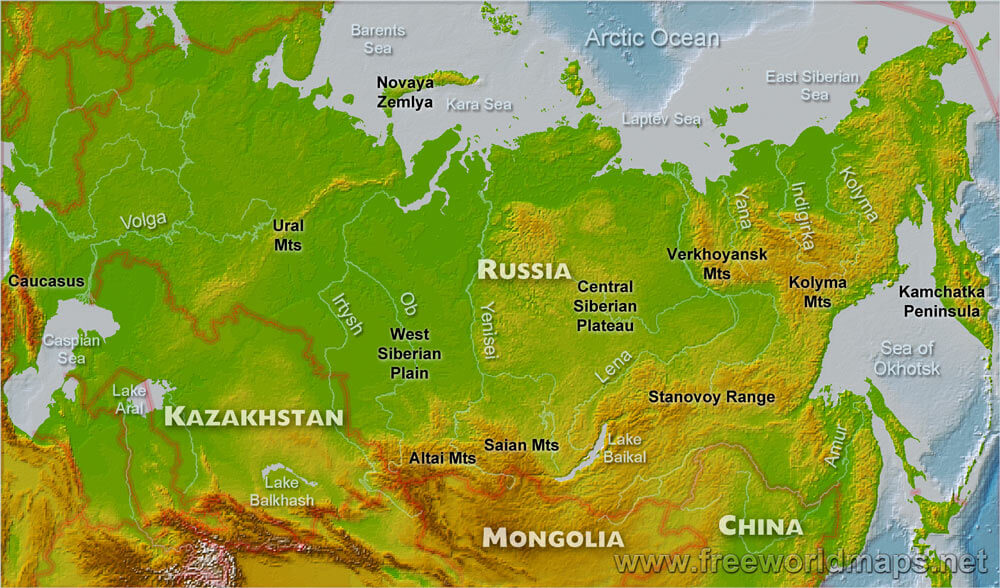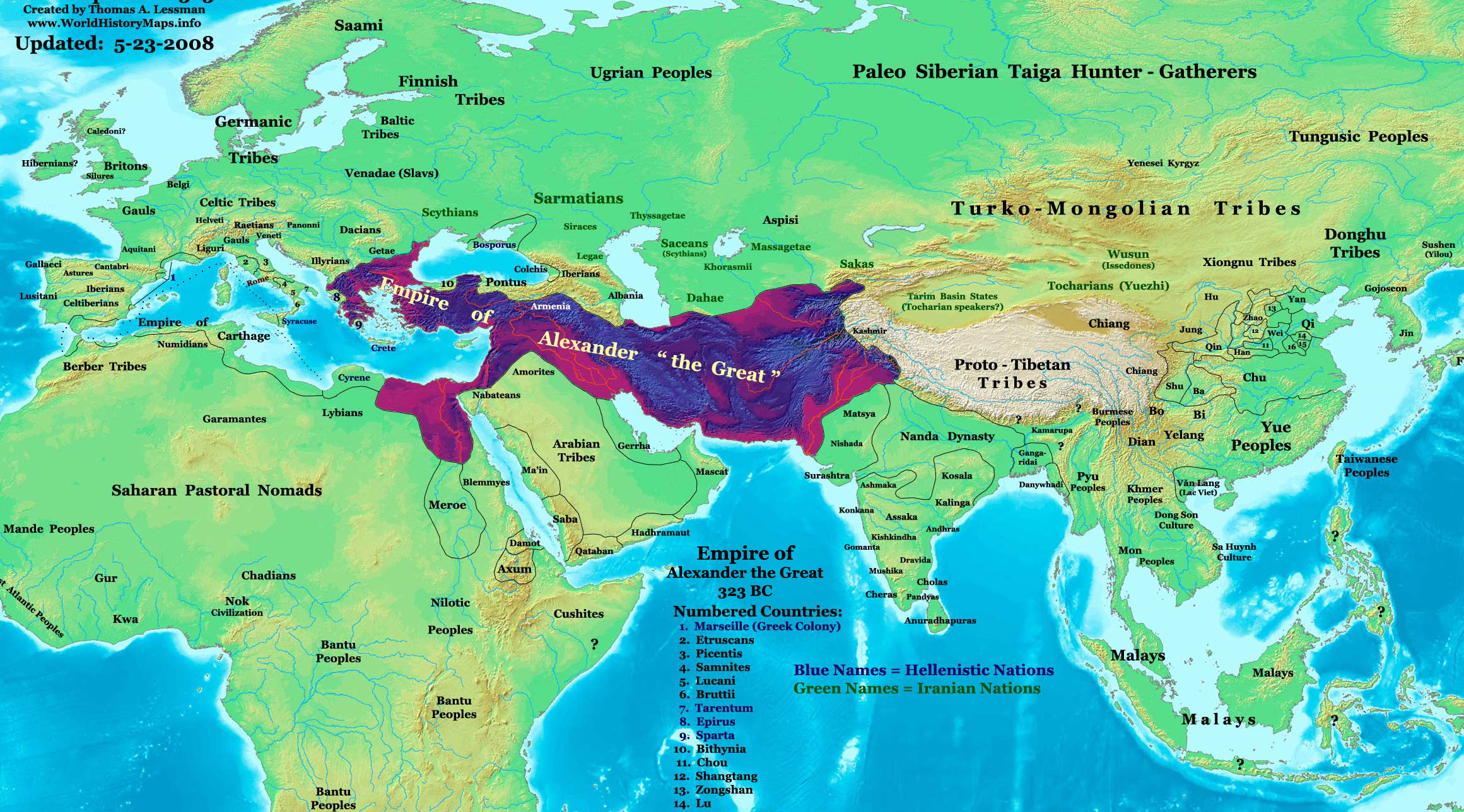Rolling up the river
 •
by
•
by Patanjali

Namaste.

Understanding the today RL India was the objective of my long eIndian citizenship and friendship with many of you. Sure, in time, those friendships turned in a main objective in themselves.
Still, like the number of drops in a river (that could not be counted), reality is ever changing and I could learn more and more every day about how India is today. On the other hand, I will be true to you and I will confess, the part I like best are, still, the stories, myths and legends of ancient time
😃. miles and RD used to tell me great stories, when Prabal was sleeping (that was all the time).
Today I will invite you to develop, a little, the idea of Spacemonkey : China's 'string of pearls' vs. India's 'iron curtain'
History
I will start with little history, like hypothesis in a math problem.
The Heartland, mentioned in previous article, gave in time huge waves of populations that expanded and eventually populated great part of the known world.
From prehistory, the humans of Yamna civilization spread west and east from the region of Ural plains, Siberian plateau and today Kazakhstan. That region seems to have been the greatest factory of humans
😃.

After ancient waves from there both West and East started to build civilizations of them own and … interact with this Heartland.
From ancient time Alexander, or Iskandar was the one that manage to unite under he’s rule almost all the Inner Crescent of the Heartland (today countries from Greece, Turkey, Syria, Iraq, Iran, Afghanistan, Pakistan and stopped in North West India). This did not last for long, because he died young.

So ancient shards could revive in the form of small kingdoms, parts of the former kingdom of Alexander.
All was … well (as before) until other great waves displaced from the Heartland. A bit struggle in both sides west and east, to manage the small waves and to integrate them (btw, first wave of Muslims into India was a kind of peaceful one and, anyhow, educated.
And then Mongols came.
This particular wave from Heartland was very special because the strength and number of attackers. In west kingdom of Hungary fall under this wave.
In east China fall too and soon the educated and moderated Muslims too, and this was the beginning of the problems for India.
A new kind of Mongols, converted to Islam attacked India, and conquered the land.
They killed and enslaved so many humans that the numbers are hard to count but, worst, they shaken the culture of India just on the time of one of her golden era.
Today
Because of Himalaya, India had not to worry much about her northern frontier. Until recently China did not attacked India (she did it in ’62 and continue to try to undermine the land).

The strategical position of India, that allow her to control the commercial routes on the Indian Ocean and toward pacific, plus her resources, made her a precious jewel, wanted by all.
So, India is very attractive, but few got the courage to make serious move, because they already know she is hard to chew and digest.
The freedom left India with a huge potential but with very few tools to use it.
You all know why Ghandi use to weave in house, because the weaving machines where in England.
Slowly this infrastructure begin to be built and, also slow, India began to expand her presence in the world, to bring back minerals and other resources needed for her industry.
Sure, to such a big country there are huge infrastructural systems that must be developed and problems could arise (for example the development of the cities could not be stopped and infrastructure could not take all what cities “produce”, or just the fact that cities develop in areas where they should not – see recent flood in Chennai).
Now, back to pearls and iron, I find an interesting quote of an Indian diplomat, on the time of Sino-Indian war:
"only after we got nothing from the US did arms supplies from the Soviet Union to India commence." - G Parthasarathy.
And that explained me why India get friendly with Russia (considering the good military cooperation regarding the navy and air force too). Long time I was wondering of that.
I mean, with this open ocean and the natural tendency to be opened and pragmatically, India do not fit very well with a friend like Russia, but, hey, your friends are those that listen to and help you when you are in the need (and Kennedy administration was not that kind of friend – they lose a big opportunity then).
On the other hand this ended the "Hindi-Chini bhai-bhai" era and the hopes of India to forme a strong Asian axis to oppose the two major blocks of cold war era (and of today, I might say). A great opportunity wasted just because China wanted to secure Tibet.

Tomorrow
I presume a further approach between China and India is hard to believe (other powers surely will not be happy to see such a coalition).
Also, a too close relation to Russia would be … uncomfortable.
That for, I presume, India have only one choice. To stand alone (on her own) and to evolve to the rank of a world power (which will be very hard – because she could not control the waters outside her reach aka Indian ocean and some Pacific waters).
For that limitation, she will have to stress on the development of processing the resources she have and to add as much valour to them as it is possible (national strategy changed in this sense).
Risks that could be faced are related to water supply on certain areas, and floods in others, the development of infrastructure to could support the huge processing progress that is to be expected in the future in India.
I will stop here now (with the feeling that is much more to say) and will wait for your opinions / views, so I could better understand the matter.


Meri shubhkaamanaaye aapke saath hai !


Comments
citesc cand revin
😁
Iron curtain as the name suggests is somewhat the same strategy which Chinese are applying in IOR.
They are building the "Sting of Pearls" in IOR since a long time. The Iron Curtain as the name suggests is somewhat defensive. It's not to harm anyone's interest, unless.
What you think, considering the position / rank of world level power of India, should she get more involved in the east and middle east ?
According to me, India should increase involvement with south east asian countries, both financially and militarily.
We are co-operating with Japan on multiple points.
And in Middle east our relations with Iran and Israel should be topmost priority, while standing firm on our position on Palestine.
But that's just me.